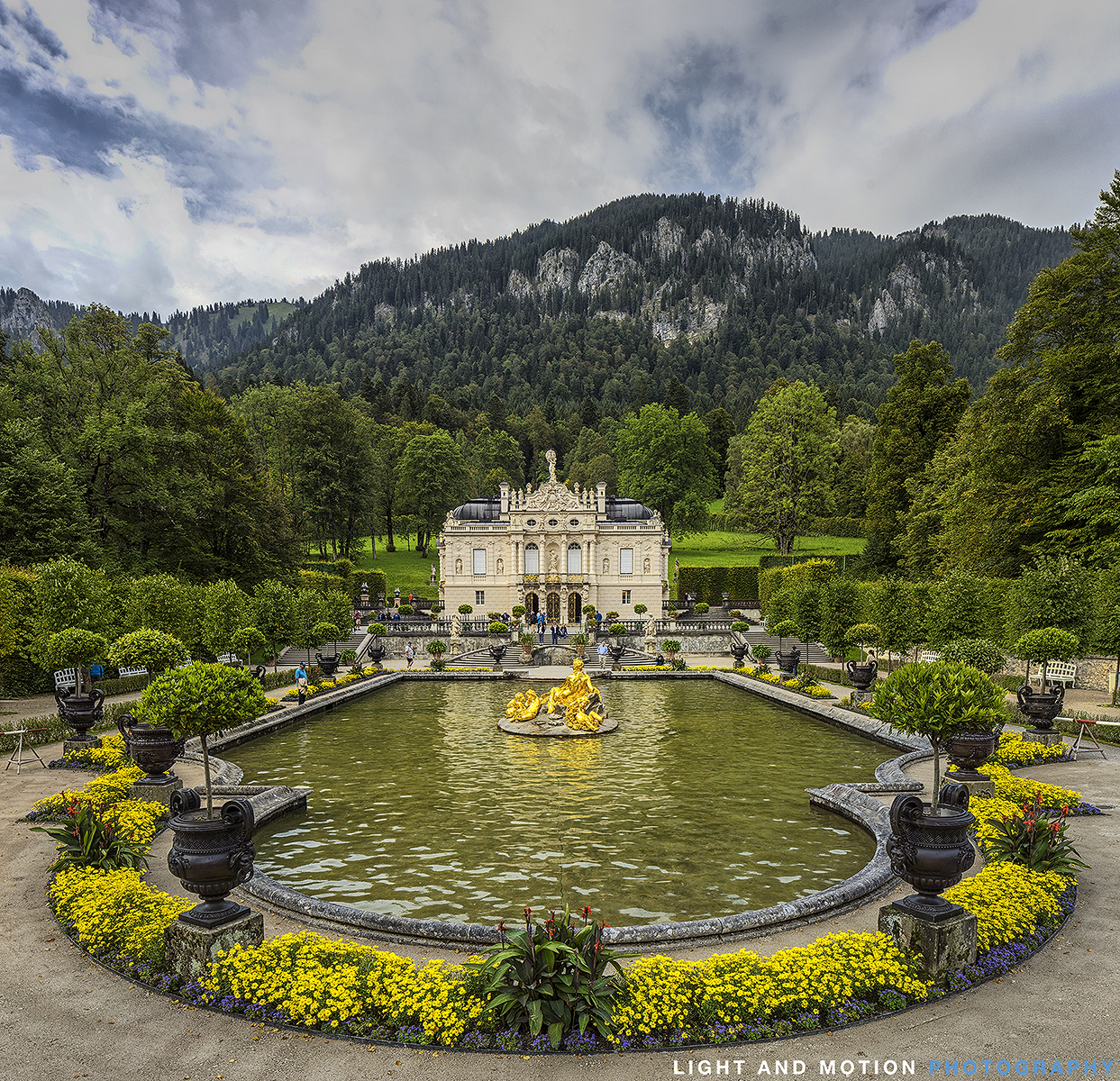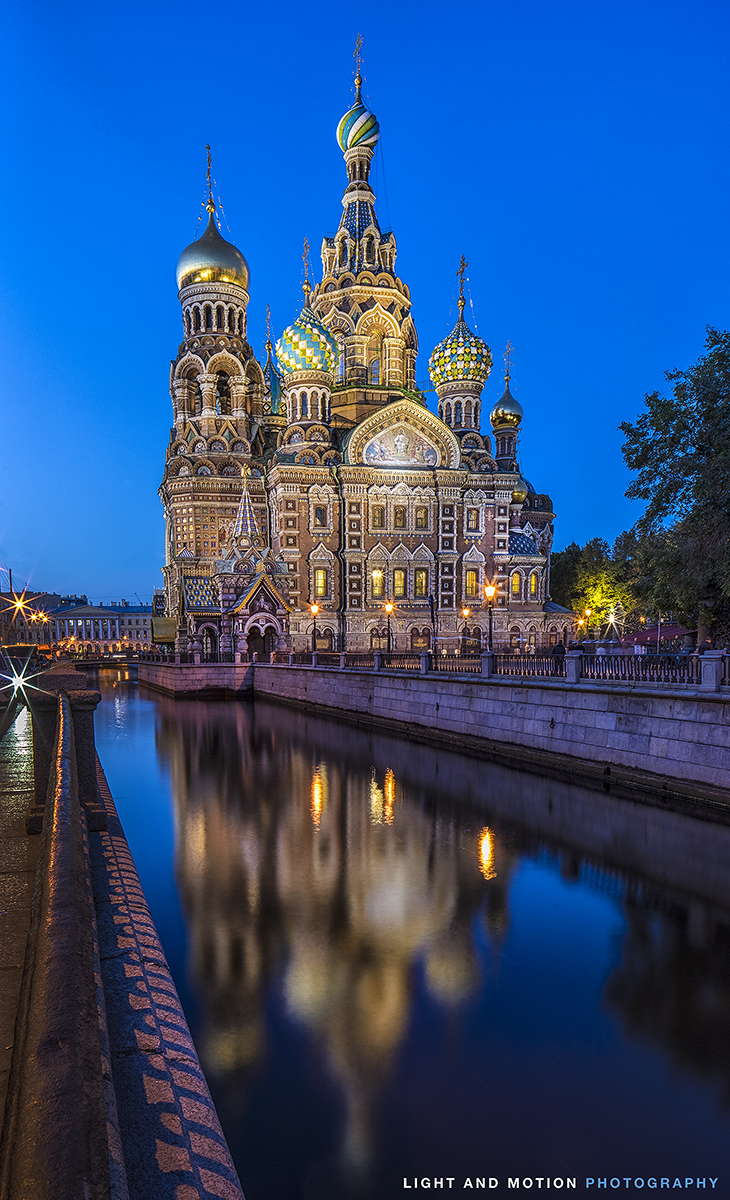Sony A7R: One Year on - Updates and Traveling Light.
15/10/2014
We have been using the Sony A7R for landscapes now for almost 12 months, and felt it would be good time to give an update on our thoughts after extensive use in the field.
Our original review addressed some of the advantages of this mirror-less camera over the traditional DSLRs we were using, including superior dynamic range, greater resolution, light weight /easier handling, and the improved quality of large prints. However, there were some downsides also including slow autofocus with third party lens and adaptors, and shutter vibration.
Light and Motion Photography’s review of Sony A7R from December 2013
Over the past 12 months we have grown to love the A7R particularly for landscapes, used exclusively in manual focus mode, with Zeiss and Canon lens. However, with focus peaking, we have also successfully used the A7R in manual mode for event photography. We remain committed to our Canon DSLRs though for portrait and sports photography. Even with native lens, the A7R autofocus tracking and fps are significantly inferior to the 1dx, 5d3 and 6D.
During 2014, we have undertaken photographic treks in New Zealand, Japan, Germany and the Australian Alps, and have appreciated the substantial weight savings the A7R allows. Inspired after meeting photographer Chris Wiewiora and his approach to landscape photography, we commenced teaming the A7R with the Canon 24mm TSE f3.5II for both single images and panoramas.

We also acquired a Zoerk rear shift adaptor, which avoids parallax errors when shifting with TSE lens. It is essentially a lens collar with a tripod mount for the 24mm TSE f3.5II (and also fits the Canon 17mm TSE as well). This is particularly useful particularly for architecture, but also ensures landscape panoramas are simple to stitch and minimises the need for cropping.
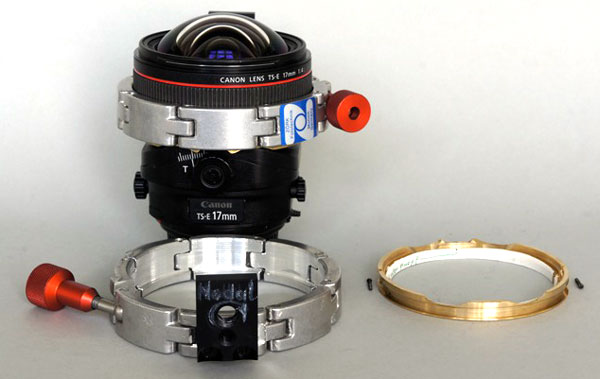

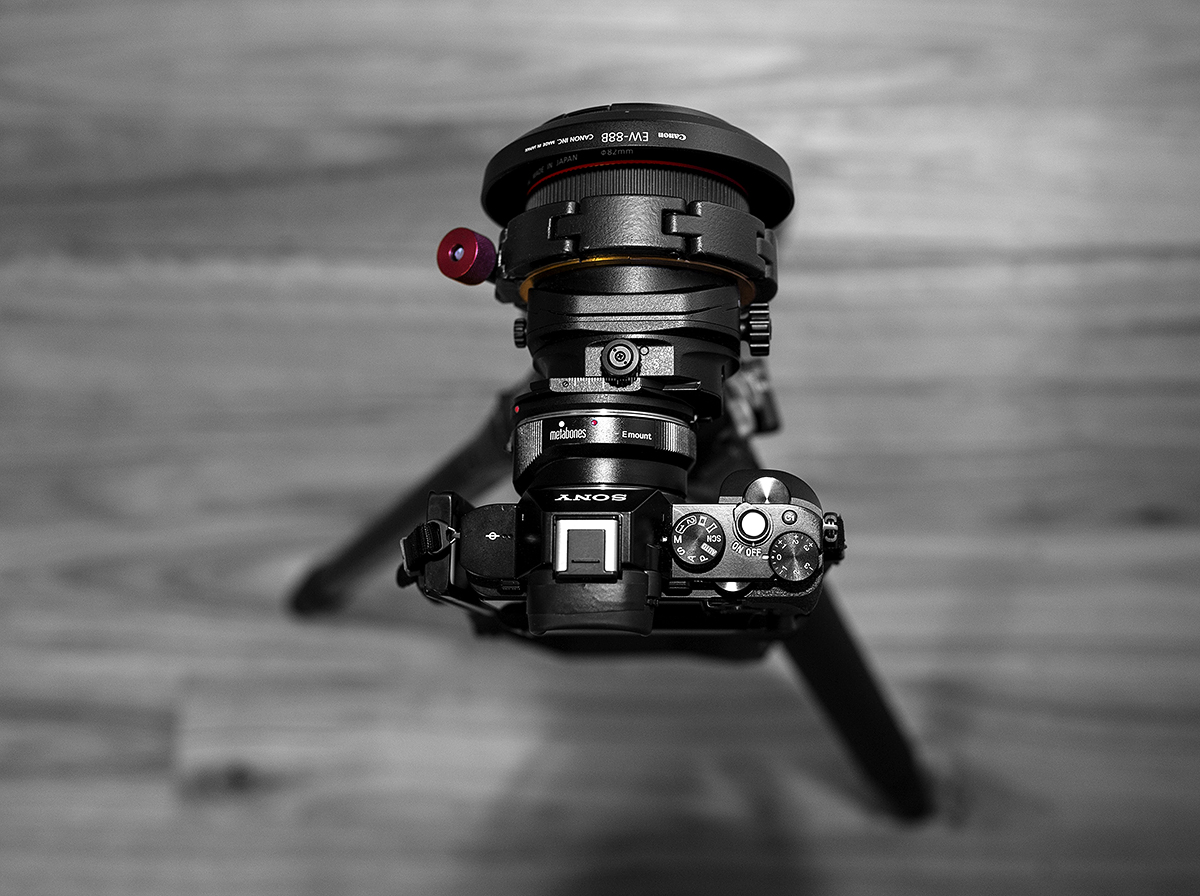

With the 24mm TSE f3.5II, we also upgraded our A7R metabones adaptor for Canon Lens from the Version 3 to Version 4 model. The newest version has a larger internal diameter which minmises vignetting when using TSE lens with large image circles.
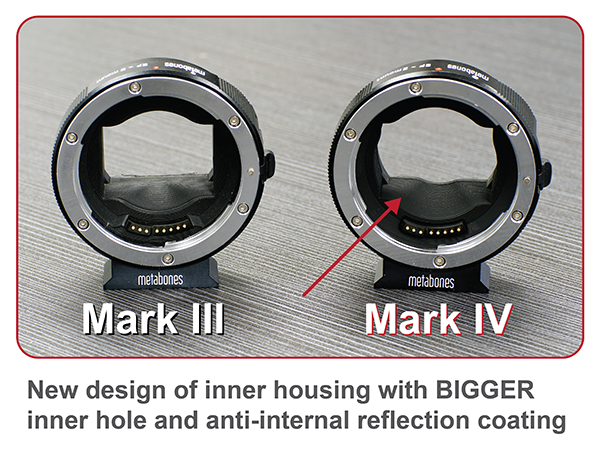
For travel and trekking, we have also started using a smaller tripod and ballhead, all of which fits comfortably into carry on luggage, and within the ever tightening weight restrictions for this. Alvin has switched from the Gitzo 3532LS with RRS BH-55 and panoramic head (total 3.0 kg), to the RRS TVC-24 and RRS BH-40 head (1.9 kg). Andy has added a similar lightweight tripod – a Benro 4 section carbon fibre unit, together with the Benro B1 head to his existing kit of the RRS BH-55 head and Manfrotto 055 series tripod.
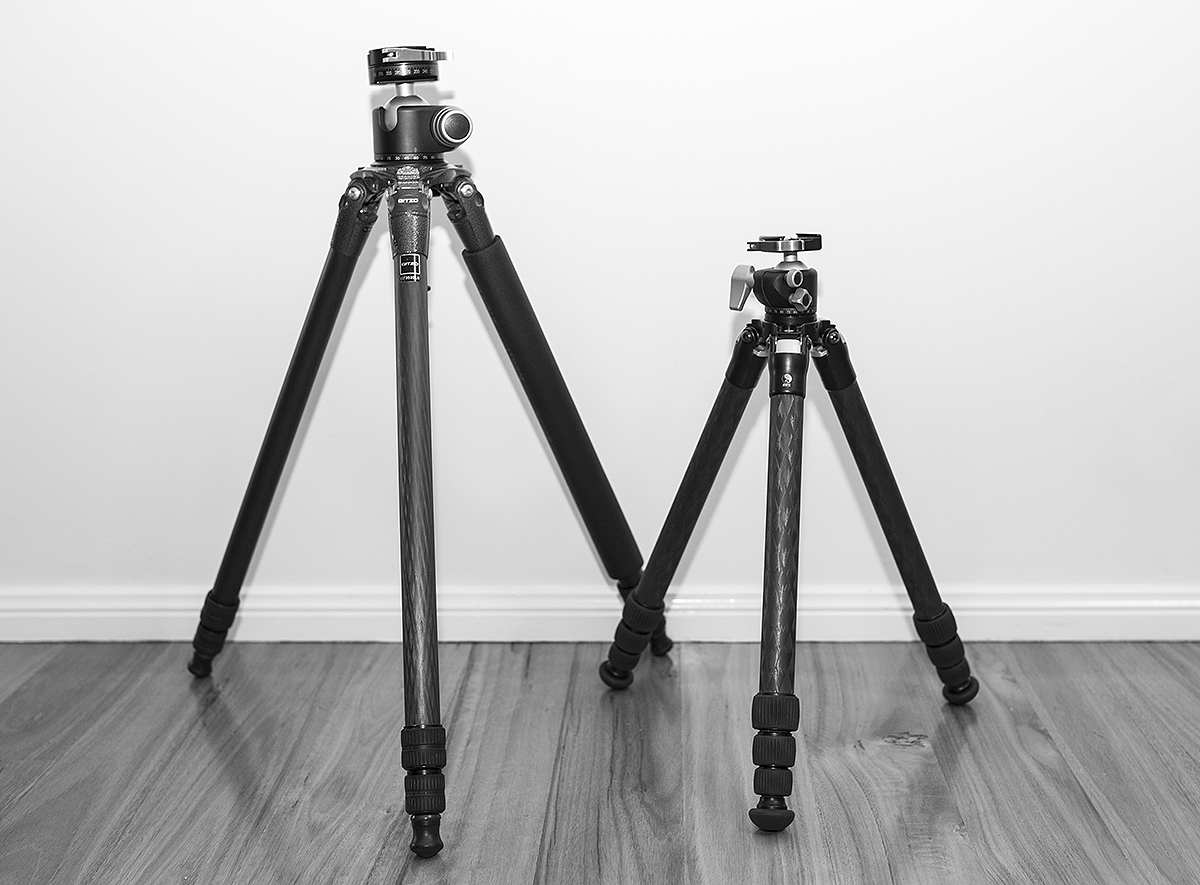
The result is a net saving of over 3 kgs when compared to the previous landscape setup with the 1dx, Gitzo and at least 2 lenses - an obvious advantage when trekking.
Our previous A7R setup also used a universal Acratech L plate for the camera and grip.

However we have recently sourced a bespoke L plate for the A7R with battery grip made by John Milich.
JLM Milich Advanced Camera Parts

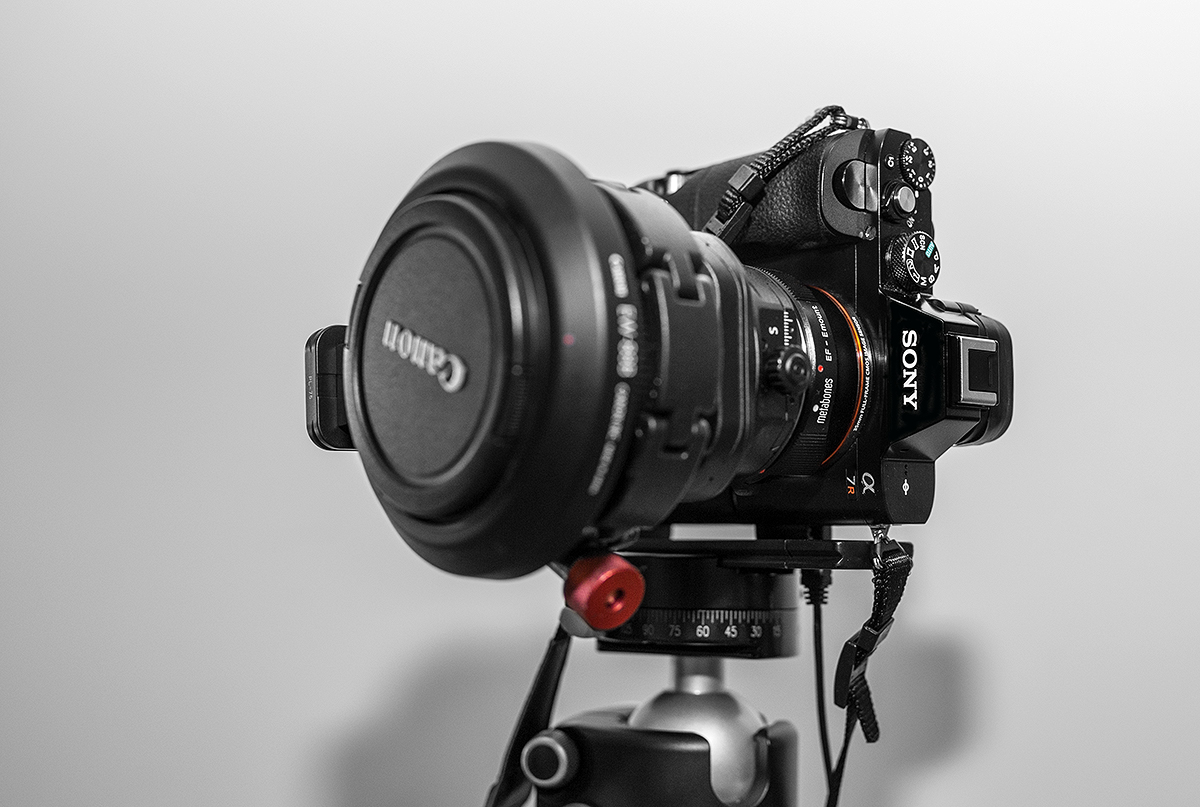
Although the plate did take some time to arrive, it is beautifully finished and fits perfectly. It’s a much more elegant solution than the Universal Acratech L-Plate. The bonus is that the flap that hides the remote port is easily opened with the L-Plate in position and there is no need to reposition the plate for access.
In summary then, for travel and landscape photography where light weight and transportability are important, the A7R with the 24mm TSE is unbeatable. Together with the RRS TVC-24, it all fits in standard cabin luggage and comfortably under the 7 kg limit imposed by some carriers. The ability to easily do shift panoramas means a panoramic head is not necessary. Below are some images taken exclusively with the 24mm TSE highlighting its flexibility.
There are some deficiencies though:
1) At times we still prefer the perspective afforded by a wider lens for landscapes, and specifically the 15 mm Zeiss f2.8.
2) It is also more difficult to perform stacked star trails due to the lack of flexibility with time-lapse options. On the 1dx and 5d3, the TC-80N3 remote control and interval timer allows almost infinite variation for interval shooting, including shutter speed and interval time.
On the A7R, one needs to firstly pay for and then install a Time Lapse App.
Time Lapse App for Sony A7R

In this application (“Time Lapse”) the maximum duration of the shutter speed / exposure time is only 1 minute. This can be worked around, but unfortunately it results in working with an unnecessary large number of images in post processing and limits the flexibility of long exposure images.
Images using the shift panorama function of the 24mm TSE f3.5II:



In addition the same principles can be applied with the Zork Rear shift adaptor for vertical panoramas.
